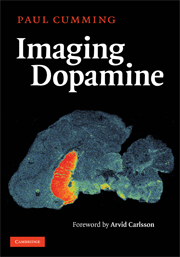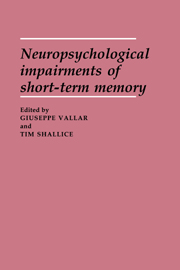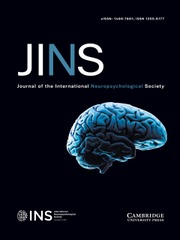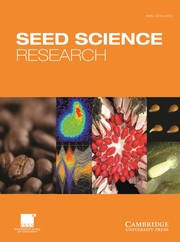Imaging Dopamine
Since its discovery 50 years ago, brain dopamine has been implicated in the control of movement and cognition, and is concerned with diverse brain diseases such as Parkinson's disease, schizophrenia and drug addiction. This book is an illustrated biography of the dopamine molecule, from its synthesis in the brain to its signalling mechanisms and ultimately to its metabolic breakdown. Using colour illustrations of positron emission tomography (PET) scans, each chapter presents a specific stage in the biochemical pathway for dopamine. Writing for researchers and graduate students, Paul Cumming presents a compilation of all that has been learned about dopamine through molecular imaging, a technology which allows the measurement of formerly invisible processes in the living brain. He reviews current technical controversies in the interpretation of dopamine imaging, and presents key results illuminating brain dopamine in illness and health.
- Sequential presentation of the pathway for dopamine, in the manner of a life-history of the molecule
- Each step in the dopamine pathway is richly illustrated with exemplary positron emission tomography (PET) images
- Includes a comprehensive summary of biochemical literature on dopamine metabolism, allowing PET results to be assessed in light of more classical methods
Product details
April 2009Hardback
9780521790024
356 pages
255 × 178 × 22 mm
0.88kg
20 colour illus.
Available
Table of Contents
- 1. The life history of dopamine
- 2. Enzymology of tyrosine hydroxylase
- 3. The assay of tyrosine hydroxylase
- 4. Enzymology of aromatic amino acid decarboxylase (AAADC)
- 5. PET studies of DOPA utilization
- 6. Conjugation and sulfonation of dopamine and its metabolites
- 7. Dopamine synthesis and metabolism rates
- 8. MAO activity in brain
- 9. Vesicular storage of dopamine
- 10. Dopamine release: from vesicles to behavior
- 11. The plasma membrane dopamine transporter (DAT)
- 12. Dopamine receptors
- 13. Imaging dopamine D1 receptors
- 14. Imaging dopamine D2 receptors
- 15. Factors influencing D2 binding in living brain
- 16. The absolute abundance of dopamine receptors in brain
- 17. Perspectives.







